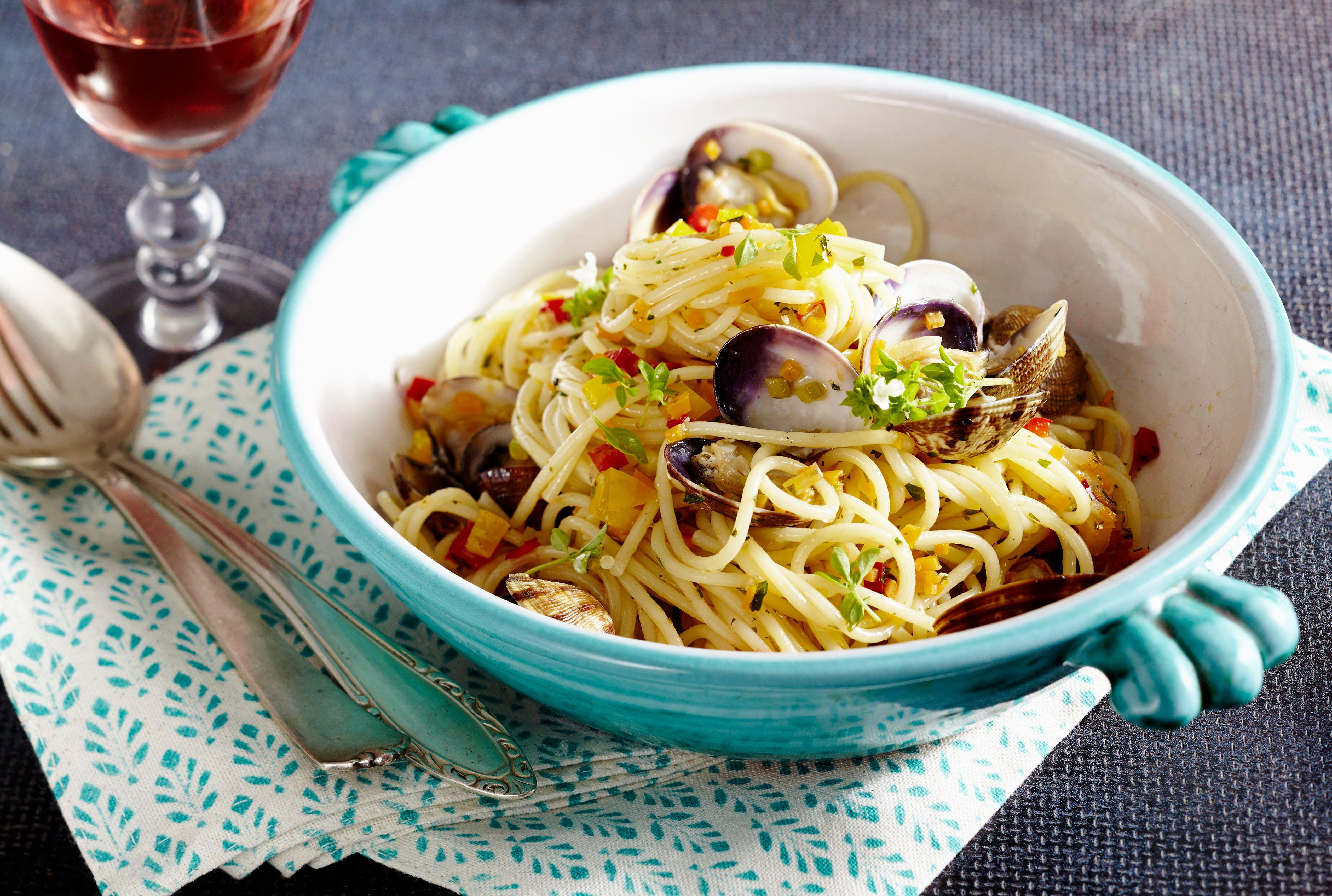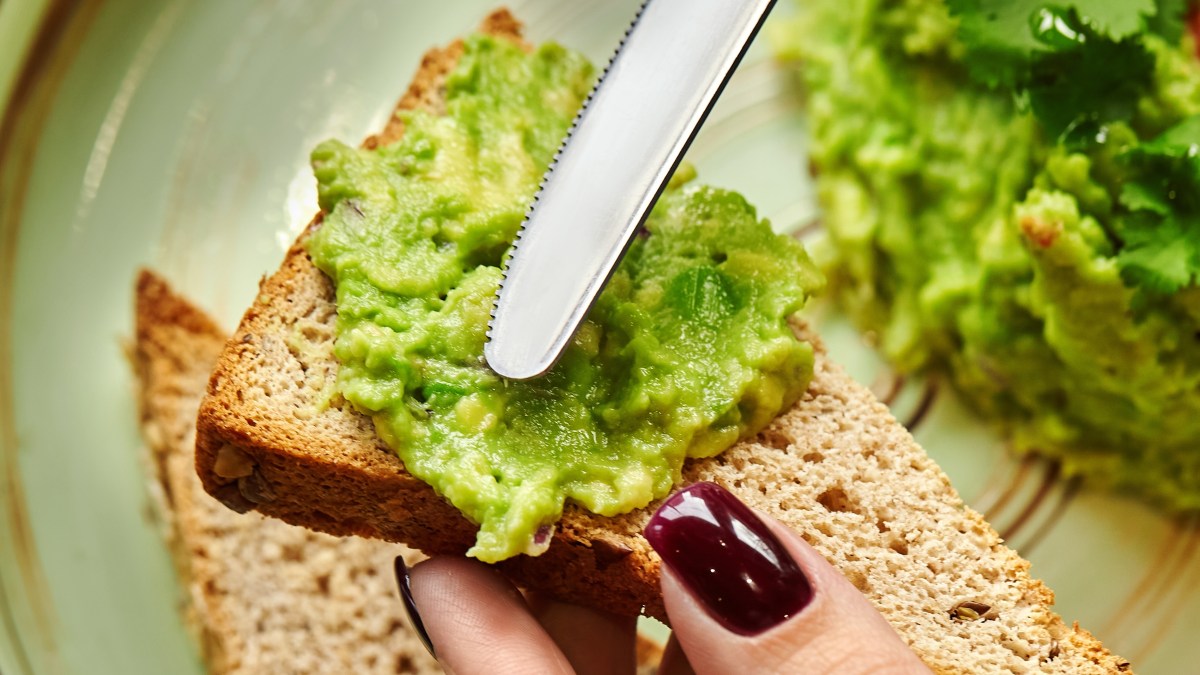As part of the government’s forthcoming ten-year health plan the health secretary, Wes Streeting, has announced strategies that aim to cut our energy intake by as little as 50 calories a day, thereby — apparently — slashing obesity. But Dr Paul Chell, surgeon, co-author of The Diet Whisperer — 12-Week Reset Plan and co-founder of healthbuddi.com isn’t convinced. He answers the questions that you may already be asking yourself about the government’s attempt to nudge the nation into better health.
Q. The government’s public health experts believe cutting our daily calorie count by just 50 “would lift 340,000 children and 2 million adults out of obesity”. Plus, “If everyone who is overweight reduced their calorie intake by just 216 calories a day, equivalent to a bottle of fizzy drink, obesity would be halved.” Is that true?
A. Lunacy. If you consume an extra 216 calories above your basal metabolic rate — or an extra fizzy drink — every day, you’ll gain an enormous amount of weight. If you reduce your baseline intake by 216 calories, it won’t make any difference. Your body says, “Oh look, Anna’s cut her calories by 216, so I’ll turn down all the thermostats — heart-rate, metabolism — to save the same amount of energy.” It’s called adaptive homeostasis, and it’s an ancient protective mechanism against starvation — not a bug, a safety valve. You can reduce your calories by up to a third, so 650 if your daily intake is around 2,000 — you’ll feel terrible, low mood, desperately tired and hungry — but you won’t lose weight until you exceed that deficit.
Q. Why do you think 216 is cited as the magic number? Is it that there’s a sliding scale on overeating and half the population is doing so by a small margin?
A. Ten calories above your normal basal metabolic rate will accumulate significantly over a year. One extra Jaffa Cake daily (46 cals), you’ll start to gain weight. Your body thinks, “Great, extra energy, let’s dump that in the fat stores for later.” Once you get above baseline, yes, there is a sliding scale for weight gain. It’s related closely to the number of extra calories consumed. But the government’s assumption is fatally flawed — that rule doesn’t work the other way. If you reduce calories — say, you’re a woman who needs 1,600 calories daily to stay the same — you’ll lose no weight until you’re eating around 30 per cent less.
• Should we all be fasting like Rishi Sunak?
Q. So if a man has to eat about 2,000 calories to maintain weight, it’s not correct to say that every 10 calories per day under maintenance needs reduces weight by 1 pound per year?
A. It’s piffle of the highest order. To reiterate, unless you reduce your calorie intake by around 30 per cent you won’t lose an ounce, but you will feel shit. Your body will do everything in its ancient powers to hold onto its energy stores.
Q. Is there a better way to tackle obesity?
A. We know that alternate day fasting can be effective. That’s because it reduces your calorie intake by around fifty per cent. It will cause inevitable breakdown of fat, and that will manifest as weight loss. It’s good weight loss because you’re losing non-lean tissue. Whereas with GLP-1 weight loss drugs, a high proportion of weight loss is muscle loss.
Q. So it’s not just about calories?
A. Calories are one side of obesity, but the other side is to do with cellular health. If you’ve got healthy cells, you can take in fat — some will go to the liver because you’ve been fasting, some will go to the muscles because you’ve been swimming. None will go to your fat stores. But when you’re swimming, pre-breakfast, you’ll need energy from somewhere. As there’s no insulin in your blood (imprisoning fat in fat cells) the fat will be able to flow from your fat cells, and be converted into energy by your mitochondria. You’re like a hybrid car — with healthy cells you can switch between burning glucose and fat.
Q. Is eating a slice of extra toast the same as eating, say, 25 cherry tomatoes, if they have an equal number of calories?
A. The body reacts differently to the same number of calories from different macronutrients. Carbs fall into groups — complex carbs like cabbage, broccoli and kale, staple carbs, such as rice, potatoes, pasta, bread and cereals, and sugary carbs. Staple carbs are rapidly absorbed and so cause a rapid insulin rise. The more frequently you eat them, the more frequently your insulin rises. And insulin converts excess calories from those staples into fat. Insulin is the fat storage hormone. But complex carbs are partly chains of glucose, but also fibre. That fibre prevents such a rapid rise in glucose, and so there’s a much lower insulin rise.

Fancy spaghetti vongole? Exercise first
ALAMY
Q. What can we do to avoid weight gain if we love a staple carb?
A. Eating carbs like rice, potatoes and bread releases glucose in your blood, then insulin rises. Its job is to push that glucose out of your blood into your glucose stores. The first glucose store is your liver — it can accommodate up to 120g. When that’s full, glucose goes to muscles — they also can accommodate around 120g. Third is your fat stores — capacity, limitless. If your liver and muscles are full — because you recently ate, and you’re still at your desk — your sandwich glucose is converted into fat. But if you fasted overnight, cycle to work, then eat, you’ll have depleted some liver and muscle glycogen — so the glucose from your breakfast toast goes to your liver and muscles. If I’m going out for spaghetti vongole and a nice glass of wine with my partner, I’ll exercise first — and even fast beforehand.
Q. Were they right to single out fizzy drinks?
A. Fizzy drinks — and orange juice — are the most obesogenic foods on the planet. Second most obesogenic is anything with added sugar, not just because of the calories but because of its effect on insulin and cells. If you regularly consume fizzy drinks, orange juice, cakes, biscuits, breakfast bars, chocolate, the more you’ll need — because they erode your fat-burning capabilities. Also, these foods contain fructose as well as glucose. Fructose overrides the liver’s glucose storage capacity — so your liver overfills with sugar, which is converted to fat, which can lead to fatty liver disease.
• Keir Starmer’s last-ditch effort to quell welfare cuts rebellion
Q. Is cutting 50 calories of carbs the same as cutting 50 calories of fat? Or sugar?
A. An avocado will fill your bloodstream with fats, but because fat raises insulin the least of any macronutrient, you’ll use that fat for energy and very little will go into the fat stores. If you cut 50 calories worth of avocado, your body thinks, “Ah, Anna’s cut down by 50 calories …” — it doesn’t care what — “… let’s turn down her metabolism slightly.” If you consumed an extra 50 calories of avocado over baseline, over months that would cause weight gain. But it will cause much less weight gain than if you ate extra biscuits — because the biscuits just push that sugar into the fat stores under the influence of insulin. Similarly, if you eat your extra avocado on toast, the toast will release insulin and force the avocado into the fat stores. Wise people eat fat without carbs.
Q. If we were to change one aspect of our behaviour, what would be best?
A. Don’t snack. If you’re eating multiple meals and snacks each day, your insulin is always up, so you can’t possibly burn fat. But if you must? Go for whole almonds or a piece of cheese — or an apple, if you really need the carbs.
